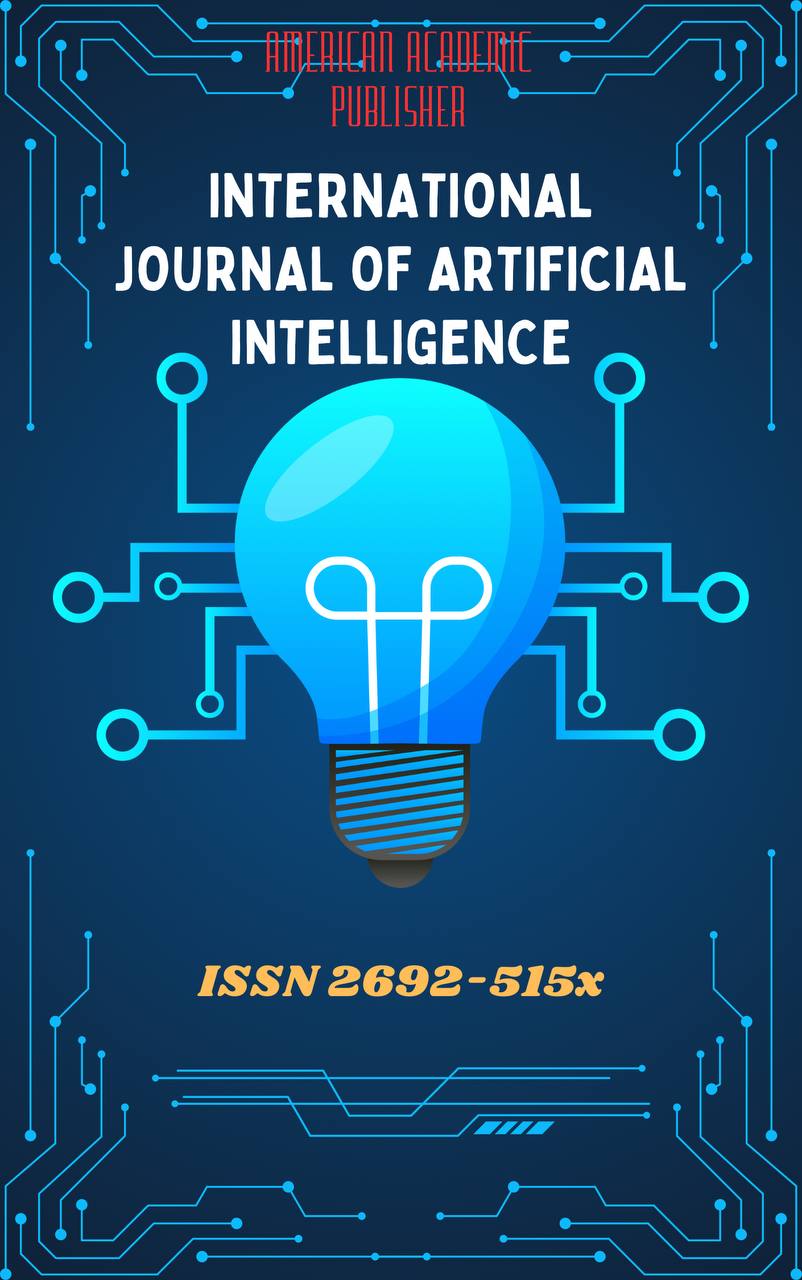 Articles
| Open Access |
Articles
| Open Access | DIGITAL PAYMENT SYSTEMS AND FINANCIAL INCLUSION: THE CASE OF UZBEKISTAN
Аlijonovа Rаyxonа Аkmаljon kizi , 2nd-year student of Fergana State Technical UniversityAbstract
This paper analyzes the development of digital payment systems in Uzbekistan and their impact on financial inclusion, defined as access to financial services for all segments of society. Electronic payment platforms such as Click, Payme, Apelsin, Uzum, ZoodPay, and Anorbank have significantly increased the use of digital financial services. Using data from the Central Bank of Uzbekistan, the State Statistics Committee, and international organizations, the study examines transaction volumes, user growth, and access indicators. The findings demonstrate that digital payment systems play a crucial role in expanding financial inclusion, accelerating the transition to a cashless economy, and improving financial literacy among the population.
Keywords
digital payment systems, financial inclusion, mobile banking, fintech, transaction, Central Bank, electronic payments.
References
. Presidential Decree of the Republic of Uzbekistan No. PF–157 dated October 14, 2024. “On additional measures to support enterprises engaged in export activities in the field of digitalization.” – https://lex.uz/uz/docs/-7158969
. Central Bank of the Republic of Uzbekistan. (2024). Statistical Bulletin on Payment Systems. Tashkent.
. State Committee of the Republic of Uzbekistan on Statistics. (2023). Annual Report on the Development of Information and Communication Technologies.
. World Bank. (2023). Global Findex Database: Measuring Financial Inclusion and the Fintech Revolution. Washington, DC.
. IMF – International Monetary Fund. (2024). Fintech and Financial Inclusion in Emerging Economies. Washington, DC.
. OECD. (2021). The Digital Transformation of SMEs. OECD Publishing, Paris. DOI: 10.1787/bdb9256a-en
. GSMA. (2022). The Mobile Economy 2022: Global Overview. London: GSM Association.
. ITC – International Trade Centre. (2023). SME Competitiveness Outlook: Building Resilient Trade through Digitalization. Geneva: ITC Publications.
. World Economic Forum. (2022). Global Fintech Outlook: Opportunities and Risks. Geneva.
. Asian Development Bank (ADB). (2021). Digital Payment Systems and Gender Inclusion in Central Asia. Manila: ADB Publishing.
. UNDP Uzbekistan. (2023). Digital Inclusion and Sustainable Development Report. Tashkent: UNDP.
. Tashkent Economic Review. (2023). “Stages of Development of the Digital Finance Market in Uzbekistan.” Tashkent Economic Review, no. 4, pp. 25–33.
. McKinsey Global Institute. (2022). The Future of Digital Payments: Efficiency, Security, and Trust. New York.
. Uzcard and Humo official portals. (2024). Statistical information on payment systems in Uzbekistan. – https://uzcard.uz, https://humo.uz
. Open data from Click, Payme, Apelsin, Uzum, and ZoodPay (2024). Fintech service statistics and user counts — from official websites.
. Tuxstanova, D. R. (2020). “The Economic Significance of Introducing Innovative Financial Technologies.” Business and Innovations Journal, no. 7, pp. 41–46.
. OECD. (2023). SME and Entrepreneurship Outlook 2023. OECD Publishing.
. World Bank. (2016). World Development Report 2016: Digital Dividends. Washington, DC.
. Ministry of Digital Technologies of the Republic of Uzbekistan. (2024). Report on the Development of Digital Infrastructure. Tashkent.
. Yuldashev, K. Yo. (2019). Modern Directions of Economic Policy and the Financial System. Tashkent: Iqtisodiyot Publishing House.
Article Statistics
Downloads
Copyright License

This work is licensed under a Creative Commons Attribution 4.0 International License.

